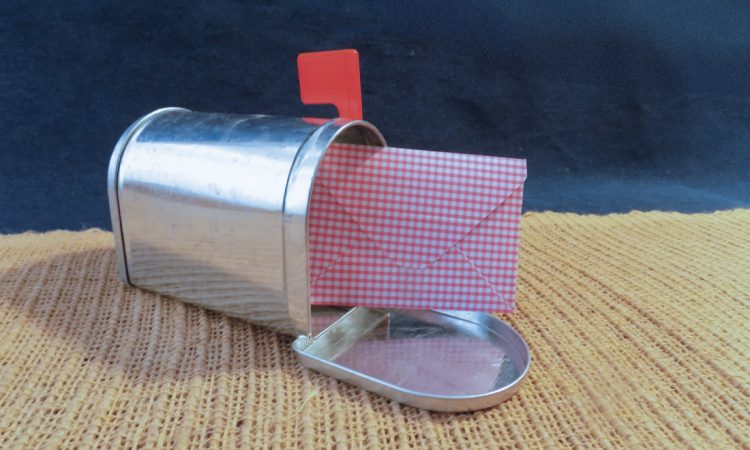Envelope guide plus 3 ways to make an envelope
Envelopes are the finishing touch for any greeting card and making envelopes is easier than you may think. Whether you are making your own cards or downloading and printing a digital card, chances are you will want an envelope, and must have one if the folded greeting card is to be mailed.
Check USPS Postal Explorer for postal regulations before making cards and envelopes that will be mailed, to make sure they meet the postal specifications. USPS Postal Explorer provides everything you need to know about mailing standards and guidelines in the United States; including Postage Rates, Zip Code Finder and Postal Dimensional Standards. Plus there’s a wealth of additional information for mailing related questions.
You can find an enormous amount of information about all forms of envelopes on the internet. A search will provide many printing & envelope companies and specifications on their web sites. There are several sites for custom envelopes, so if you need a large quantity, be sure to research your options.
International Standard Sizes.
Papersizes.org states “The A series paper sizes are now in common use throughout the world apart from in the US, Canada and parts of Mexico. The A4 size has become the standard business letter size in English speaking countries such as Australia, New Zealand and the UK. This site, papersizes.org offers a easy to use conversion table and a lot more information for these standards.
Since the specifications that are standard in most of the world are slightly different in the United States, the information here is focused on the standards in the United States.

For these instructions and sizes 8.5” x 11” is letter size, 5.5” x 8.25” is a greeting card size and one half of the letter paper size. If folded twice, once in each direction, a letter size becomes 4 1/4” x 5 1/2” note card size; or if a letter size paper is cut in half, with each half folded.
If you want to use letter or legal envelopes, be creative in how you design and fold your greeting card project. One example is that a tri-fold fits nicely into legal envelopes and gives you a lot of room to design a uniquely styled card.
Envelope details
Best papers to make envelopes.
Often the standard paper sizes are not big enough to make an envelope work for your beautifully designed card, especially if it is an odd size. If the paper comes on a roll, flattening a large piece will make the process easier. Whatever option you choose, be careful to choose a strong weight of paper if you are planning on mailing the card in your envelope.
Envelope Material Ideas:
• Scrapbook papers
• Maps
• Gift wrap
• Packing paper
• Cardstock
Or you can use 2 pieces of regular 8.5 x 11 paper to produce a larger envelope, with a seam at the bottom of the envelope – just add a tab to your pattern, so there is an area to glue. Our 5.5” x 8.5” contemporary pattern offers this option.

Seal Flap Shapes and Function.
The seal flap is the part of the envelope folded over and sealed to secure the contents. The shape of the seal flap determines the envelope’s style and common functionality.
[http://performance-envelope.com]
Pointed Flap.
Traditional and formal. Used primarily on Baronial, greeting card and social stationery envelopes.
Square Flap.
Contemporary Announcement, Large area for design on flap and may have deckle edge. Deckle describes an edge that looks torn.
Wallet.
A square flap with round corners. Standard on booklet, catalog and specialty commercial envelopes.
Enhancing envelopes.
Try to match the design of your card. This could be a small part of the design or an overall matching pattern. Trim the seal flap with pattern scissors for unique seal flap finish. Use stamp designs that relate to the card’s design and feeling, or add a pattern or printed paper to the inside flap of a pre-made envelope.
Three ways to make envelopes.
The greeting card designs offered in the LKArts shop are sized so they can be printed on standard 8.5” x 11’ stock. Office supply stores often carry blank card stock that come with envelopes, but since the designs can easily be printed on other papers, these instructions will help you to finish your greeting card project.
In general, before you start…
These items are recommended for each of the options described below to create your own envelopes.
When the envelope shape is copied onto the final paper, and after it is cut out, you will score, fold, crease and adhere the sides and bottom flap.
If you want a decorative edge on your seal flap, trim the seal flap before you fold and glue the sides/ bottom.
Score all fold lines, especially on heavier stock options, this along with pressing the fold flat with a tool or even your fingernail will help make the folds crisp and the envelope more professional.
When folding; do each flap individually with a straight edge, especially if you did not score the fold lines. Open each flap back up and proceed to the next flap.
No matter how careful you are with measuring and tracing, there can be some areas that could use a trim… so after folding, but before you glue, trim any flap edges that don’t line up. This is also a good time to check and make sure the rounded corners are consistent.
Any glue, glue stick, or double sided tape, can be used on the sides and bottom, and even the seal flap after inserting the card. Be careful to keep glue in area of overlap.
Patterns and templates
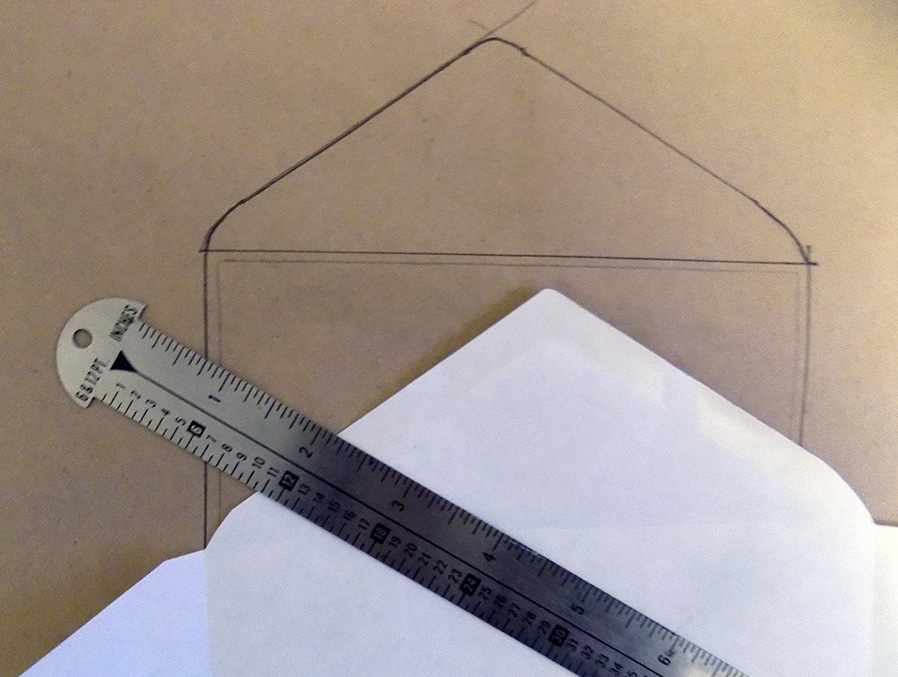
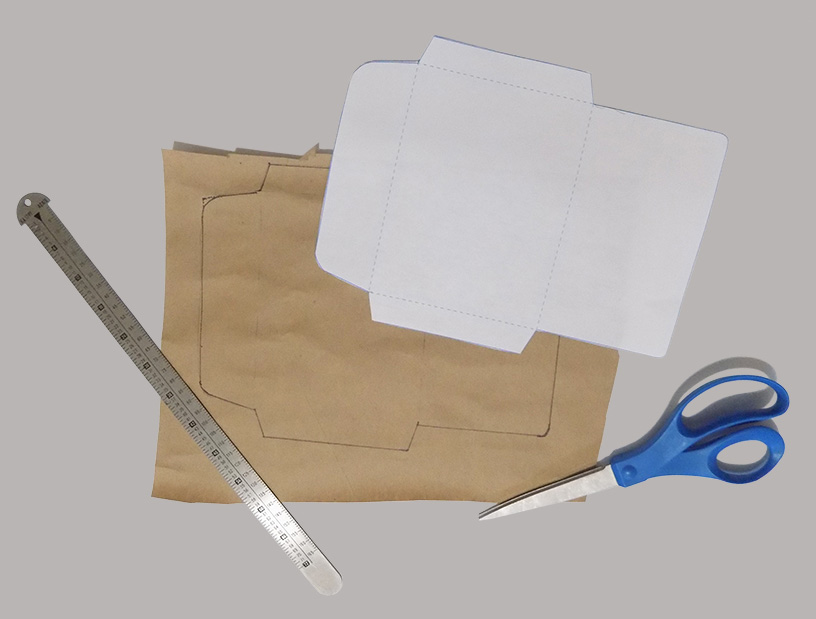
Start with a template
This option gives you the flap shapes you want and it’s simple to adjust for your specific size card. Make the template on light weight cardboard – like the back of paper pads or cereal boxes – to trace multiple times. Then, cut the perfect sized envelope every time. There are many places to find templates on the internet, but our pattern pack has a few to get you started.
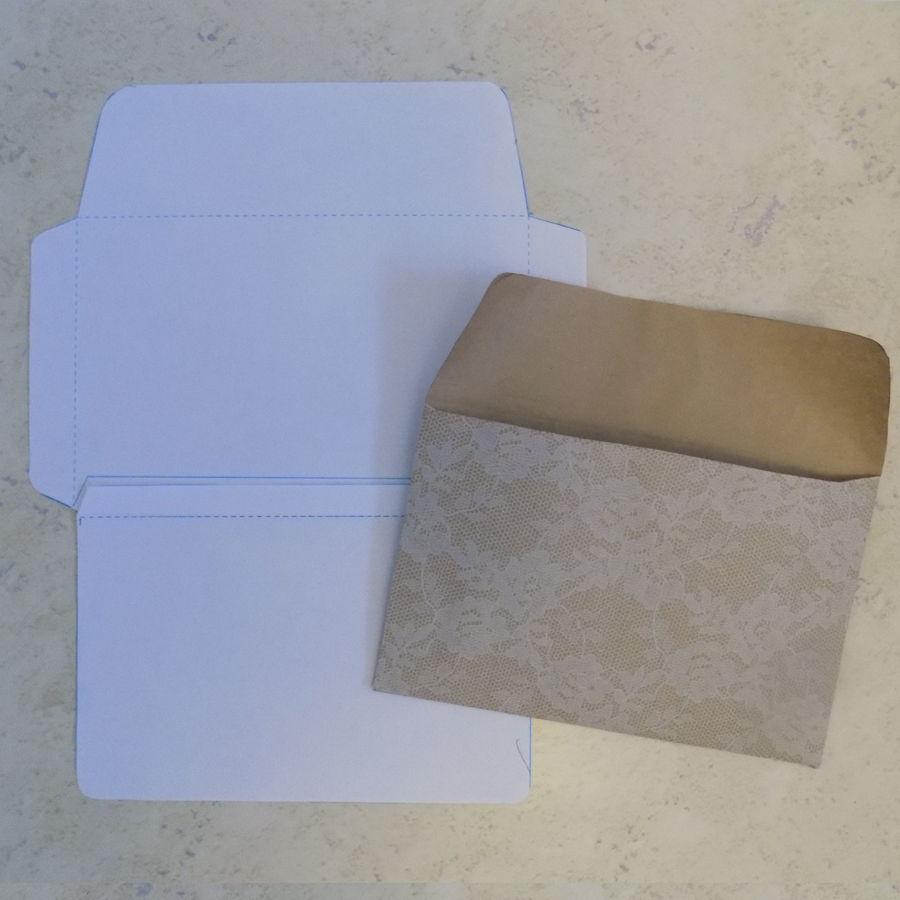
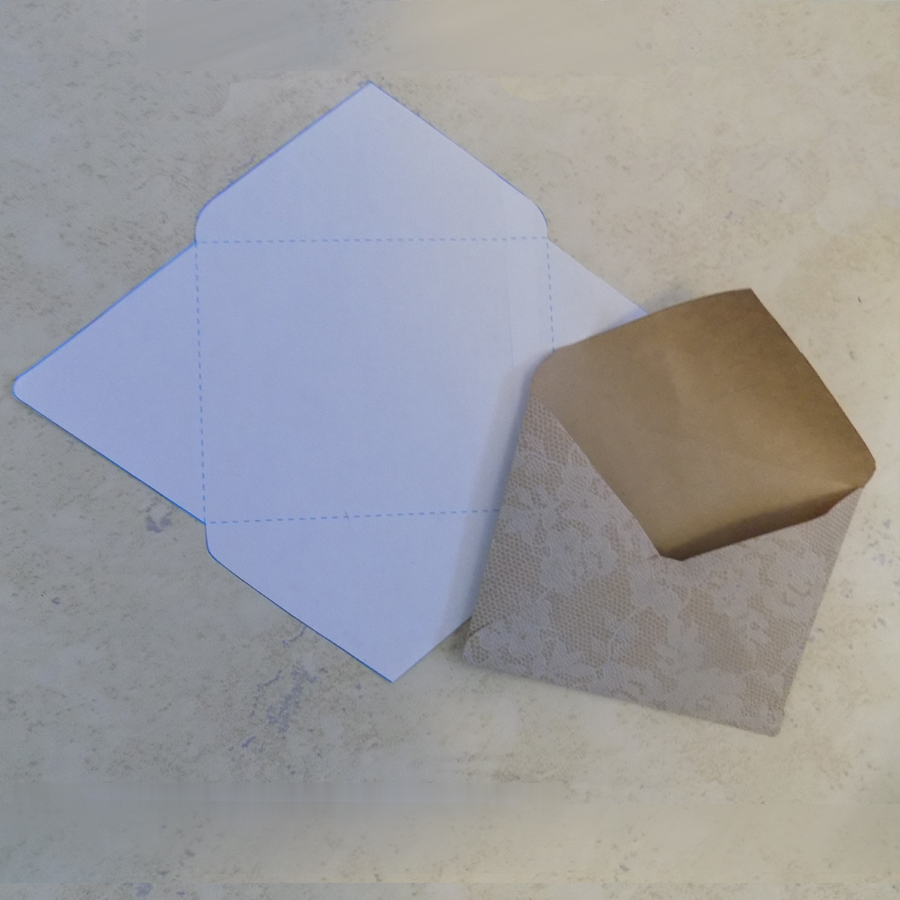
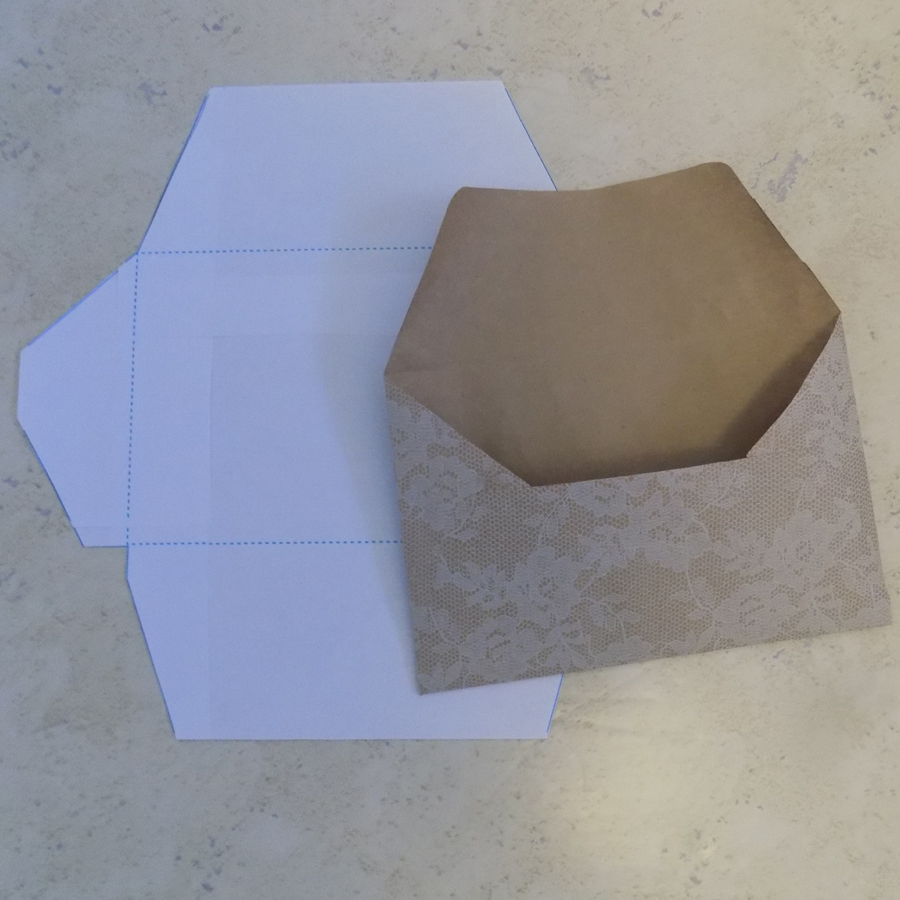
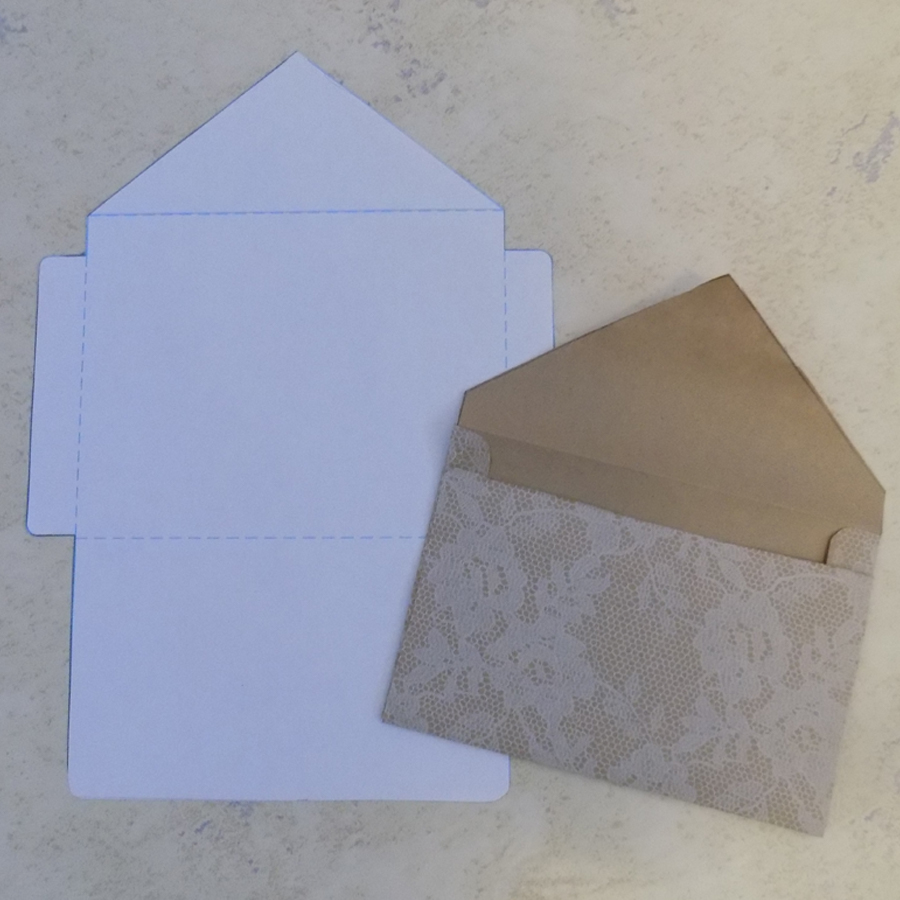
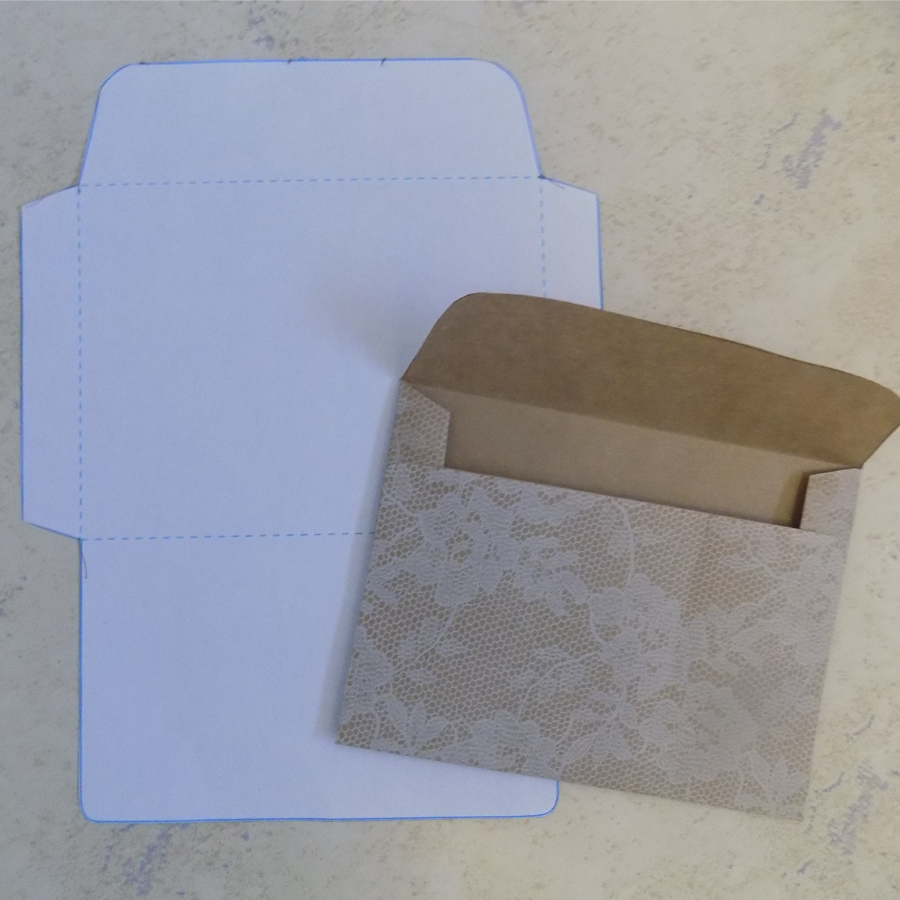
Envelope Pattern Pack
Sign up for our email list to get all 5 PDF patterns in a zip file for easy download. Two patterns are sized for 5.5″ x 8.5″ greeting cards and 3 are sized for 4.25 “x 5.5” note cards. The patterns include both pointed and square flap designs.
Make your own pattern
For a uniquely sized card, use your card as a guide… draw a rectangle slightly larger than the card, add about 1/8th of an inch in each direction. Deconstruct an envelope and line up the flaps with the corners of the rectangle, going all around until there’s a flap on each side of the square. If you are making one envelope, you can draw directly on the back of paper you’ve chosen. Cut, score, fold, crease and adhere as described above.
Note: I tested this process with several different flaps from old envelopes that I carefully tore open. The pictures are from one that didn’t work out very well… If you use this method be sure that the top and bottom flaps cover over half of the card when folded and the side flaps meet in the middle but do not overlap very much.
Ratios
If you want to do the math this is the option for you. Measure the length and width of the card you want an envelope for; multiply the length x 2 and the width by 3 to equal the dimensions of the paper you will need to make the envelope. Cut on the outside lines you have drawn, fold around the card and glue where the sides meet the bottom flaps.

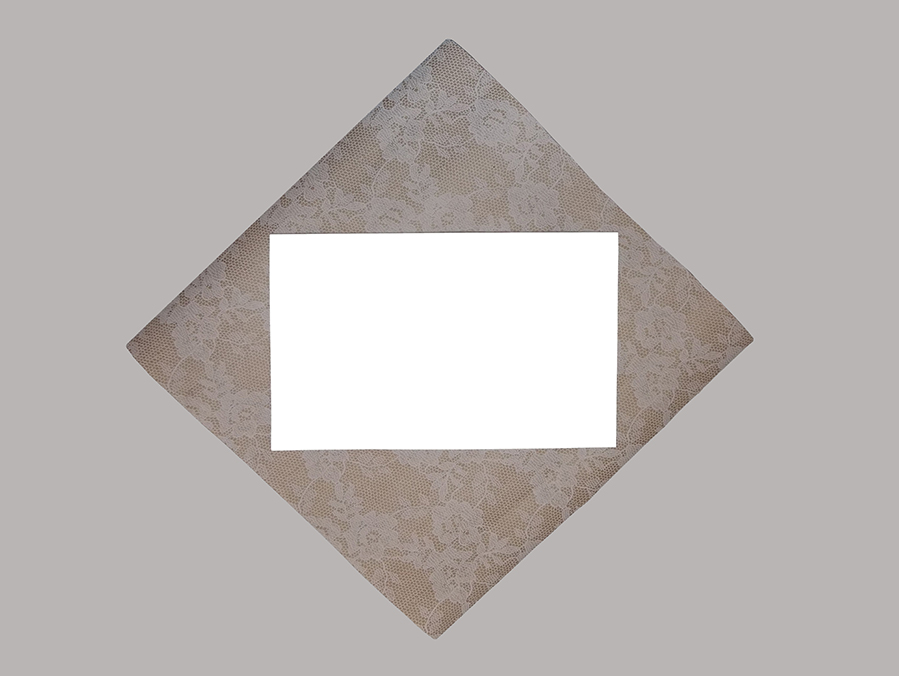
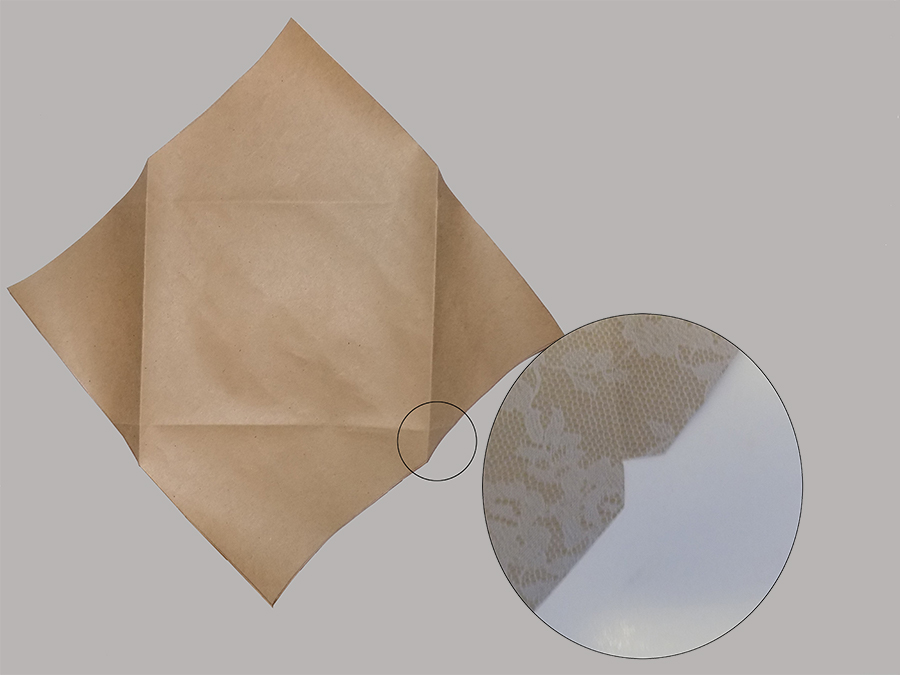

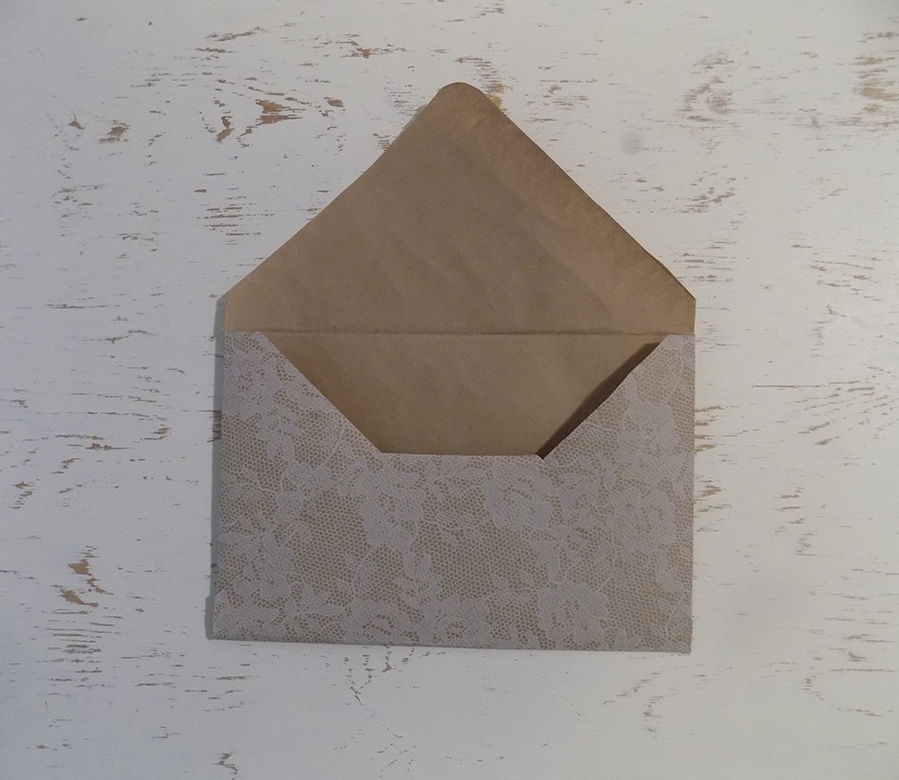
Square
This is by far the easiest of the styles, especially for odd sized cards and without a pattern.
Measure the card diagonally [A] – yes – corner to corner and add 1” to that diagonal measurement.
Cut a square that matches the total diagonal measurement from your chosen paper.
Lay the paper with one corner pointing at you, or in a diamond shape [B] and center the card on the paper.
Fold each corner in and cut out notches where folds intersect. [C].
Fold the sides in and the bottom flap up. Fold the point of the bottom flap under, to line up with the angles of the side flaps and trim on the fold [D]. This version shows the seal flap trimmed for a rounded point.
Glue the bottom flap to the side flaps. Your envelope is ready to insert your greeting card!
Note worthy is the fact that the angles on this style may be slightly off.
If you would like more ideas and options on envelopes visit these sites for great ideas to go beyond the basics featured in this post
• LKArts on Pinterest collected information and ideas
• Tip Junkie envelopes are just the one of the projects on this crafty website.
• Vectoria Designs has beautifully designed products for scrapbooks and junk journals and great videos
• Welcome to Nanas has a good video tutorial.
Join the Creative Sparks creative community! Emails suppling information, ideas and images for visual artists, designers, hobbyist and crafter. Plus a sign-up discount in our shop!

